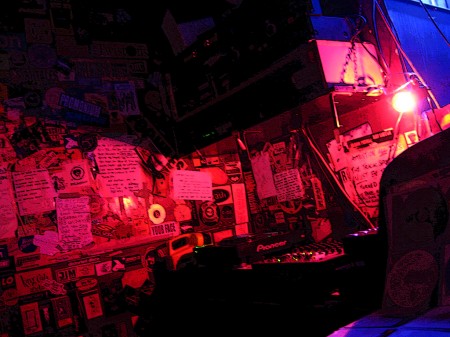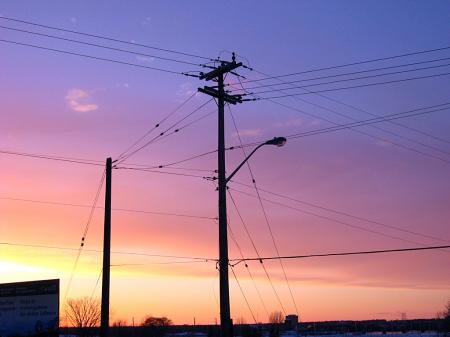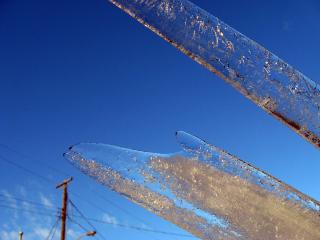Kurt Vonnegut‘s Slaughterhouse-Five is a refreshing and enjoyable book, despite the often macabre subject matter. It reminds me strongly of both The Life of Pi, insofar as it refrains from interrogating its own fantasies, and Robert Heinlein’s Stranger in a Strange Land, due to the style of language and presentation of characters.
The book is mostly about an American named Billy Pilgrim who participates in the Second World War (though he never fights), witnesses the firebombing of Dresden, and subsequently becomes an optometrist. He either goes mad or genuinely begins to travel through time, experiencing his own life in a random series of vignettes. The story’s narration is unobtrusive, though it sometimes has a self-referential feeling. The language is clear, simple, and poignant.
Free will is a major topic of concern in the book. The aliens who Billy Pilgrim thinks he encounters are able to see back and forth through time, and believe that all actions necessarily unfold in a certain way. This leads to a kind of fatalism where the inevitability of war and death is somewhat tempered by the ability to experience the better periods prior to those things at will. Arguably, Pilgrim created this idea in his madness after being broken by war (or brain damaged in a plane crash). Possibly, Vonnegut is trying to satirize the idea that wars and actions are inevitable; that is certainly suggested by the way in which the end of the universe is described, as the inevitable result of a rocket fuel testing experiment conducted by Pilgrim’s aliens. Pilgrim’s overall haplessness – as well as the thoroughly unheroic portrayal of other soldiers – certainly counter some of the more common war myths of valour and meaningful sacrifice. The refrain of the whole book, usually following a brief description of some incident of death or cruelty, is simply: “So it goes.”
Appropriately enough, given how the narrative jumps around in time, my first experiences of the book came in the form of reading random bits and pieces every once in a while. It’s not an approach that I generally adopt with books, but it worked uniquely well with this one. Reading it straight through definitely gave more of an overall picture, but the book couple be chopped up and re-ordered in any number of ways without a new reader finding it at all suspicious.
Overall, I really appreciated Vonnegut’s style and language. It shares many similarities with the early science fiction of Heinlein and Asimov: a crispness of language and compassionate voice. It makes me want to read more of his work.








